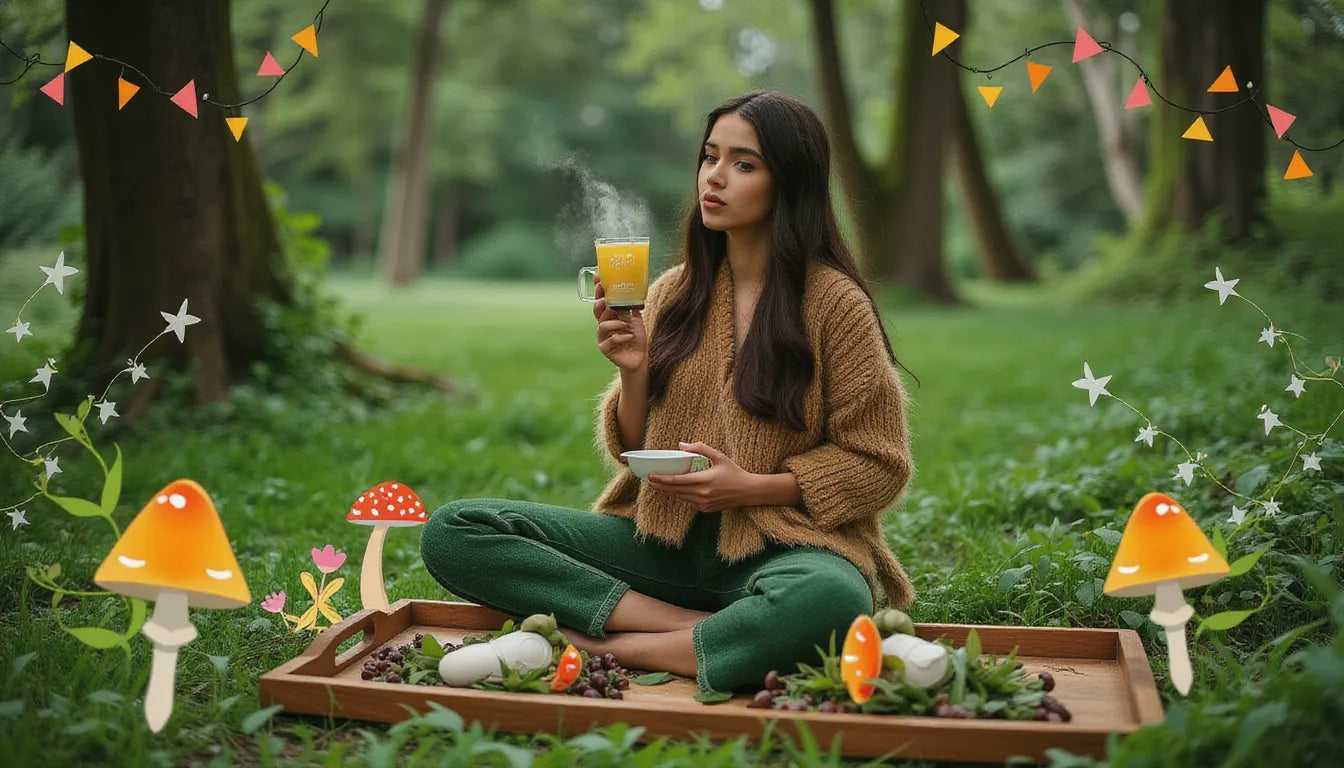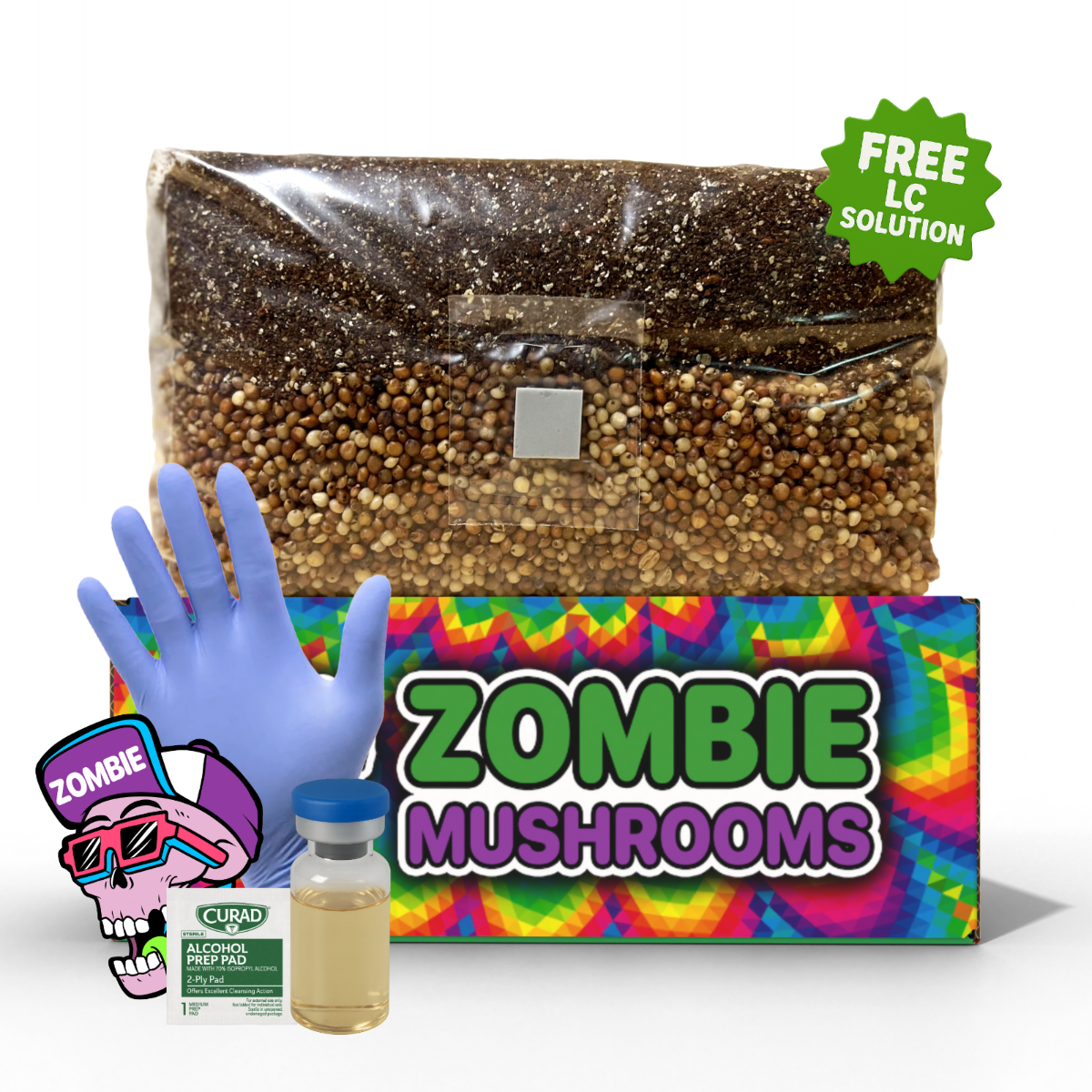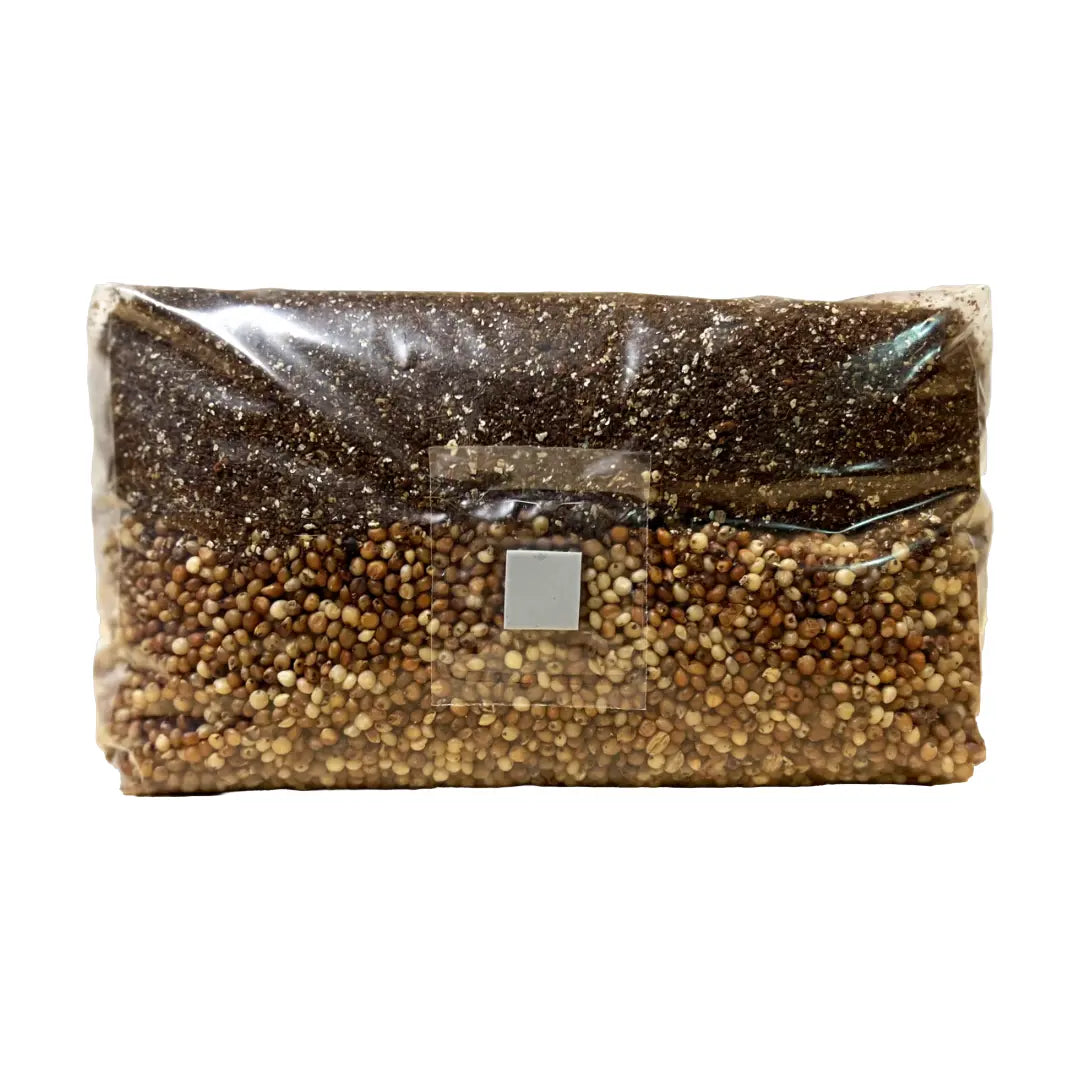⬇️ Prefer to listen instead? ⬇️
- Ivan Chai contains oenothein B, a tannin linked to immune support and antiviral properties.
- Rosebay Willowherb holds up to 90% more vitamin A and 4% more vitamin C than oranges.
- Herbalists praise Ivan Chai for being caffeine-free, making it ideal for evening use.
- Proper fermentation boosts Ivan Chai's flavor and releases unique health compounds.
- Scientific findings suggest Ivan Chai may impact hormone-sensitive conditions.

Ivan Chai Tea: Is Rosebay Willowherb Safe to Drink?
Ivan Chai is a soothing, caffeine-free herbal tea made from the leaves of Rosebay Willowherb (Chamerion angustifolium), long cherished in Russian and Eastern European traditions. With its floral aroma, cultural legacy, and potential health benefits, Ivan Chai is gaining renewed attention in modern herbalism. Whether you’re interested in foraging, natural remedies, or simply love flavorful herbal brews, Ivan Chai is a unique and versatile wellness drink.
For those curious about crafting herbal teas or experimenting with fermentation at home, agar cups and plates can be a helpful tool. They allow you to culture and study beneficial microorganisms, which can deepen your understanding of natural fermentation processes used in traditional drinks like Ivan Chai.

What is Rosebay Willowherb?
Rosebay Willowherb, also commonly known as Fireweed or Russian Tea, is a tall, perennial flowering plant belonging to the evening primrose family (Onagraceae). Native to the Northern Hemisphere and growing well in temperate zones, it often appears in recently disturbed soils, such as forest clearings and roadsides. Its scientific name is Chamerion angustifolium—you may also find it listed under its former botanical name, Epilobium angustifolium.
Key Characteristics
- Grows up to 2 meters tall
- Long, spear-shaped leaves with a prominent central vein
- Dense clusters of purplish-pink flowers forming a spire-like inflorescence
- Blooms from mid-summer to early autumn
Rosebay Willowherb is not only beautiful to look at, it also carries centuries of herbal wisdom. In Russia, where it was once more popular than black tea, Ivan Chai made from this plant was produced en masse and exported internationally before the rise of imported Asian teas. One notable production center was the village of Koporye, hence the alternative name "Koporye Tea."

Why Ivan Chai Has Made a Comeback
In today’s wellness-oriented culture, ancient traditions are merging with scientific curiosity. As a result, Ivan Chai is popular again. The rise in popularity can be attributed to several trends
Return to Natural Remedies
With increasing skepticism about synthetic supplements and pharmaceuticals, people are turning back to nature. Ivan Chai, being minimally processed and derived from wild, nutrient-rich plants, fits the bill perfectly.
Functional Beverages Trend
Consumers are now seeking more from their drinks—taste, function, and health benefits. Ivan Chai is not just a warm, comforting cup—it supports sleep, digestion, and immunity without caffeine crashes.
Interest in DIY Fermentation
As home fermentation gains popularity, tea drinkers are discovering the joy of creating fermented herbal teas at home. Ivan Chai’s traditional process involves fermentation, which enhances its bioavailability and flavor.
Foraging Culture
Outdoor enthusiasts and urban foragers love Ivan Chai because it represents a mix of living based on nature, preparing things yourself, and getting herbal nutrition. Gathering and making your own tea helps you feel more connected to nature.

Is Rosebay Willowherb Safe to Drink?
Yes—when harvested and processed correctly, Rosebay Willowherb is considered safe and highly beneficial to drink in tea form. It is widely accepted in folk and modern herbalism and is legal to forage in most jurisdictions, provided you are not on protected land.
Key Safety Guidelines
-
Correct Identification: Misidentification is the primary risk in foraging. Rosebay Willowherb is distinct but can resemble other wild plants at a glance. Refer to reliable field guides like Wild Food UK.
-
Plant Parts Used: Only the leaves are used in true Ivan Chai (though young shoots and flowers are also edible). Avoid roots or stems in your brews.
-
Harvesting Time: Pick leaves just as the flowers begin to bloom—this offers the best nutritional and aromatic profile before seed formations increase plant bitterness.
Properly identifying the plant and harvesting ethically makes the tea safer, stronger, and more flavorful.

Science-Backed Health Benefits
Traditional use of Ivan Chai has long claimed a range of physiological benefits, from calming digestion to boosting immunity. Modern analyses are beginning to back these observations with measurable data.
Nutritional Value
According to studies
- Ivan Chai can contain up to 90% more vitamin A and about 4% more vitamin C than oranges (Rogers, 2012).
- It's rich in antioxidants, primarily in the form of flavonoids and polyphenols.
- The tea also contains iron, magnesium, calcium, and B vitamins, making it a nutrient-dense beverage choice.
Active Compounds
- Oenothein B: A unique ellagitannin found in Rosebay Willowherb. This polyphenol has anti-inflammatory, antiviral, and immune-modulating effects ([The Journal of Immunology, 2013]).
- Quercetin and Kaempferol: Flavonoids with well-documented antioxidant and anti-inflammatory properties.
Potential Health Benefits
-
May Support Immune Function
Oenothein B is thought to activate macrophages and NK cells, both key components of the innate immune system. This might help the body respond to infections more effectively. -
Anti-Inflammatory & Antioxidant
The presence of polyphenols reduces oxidative stress, a root cause of many chronic diseases. -
Hormonal Regulation
Some studies suggest links to hormone modulation beneficial in conditions like benign prostatic hyperplasia (BPH), menopausal symptoms, and possibly in reducing risk factors for hormone-sensitive cancers. -
Antifungal and Antibacterial
Rosebay Willowherb shows fungistatic effects against Candida albicans and other pathogens, making it a supportive tea during recovery from illness (Rogers, 2012).

Ivan Chai and Wellness
Beyond the science, Ivan Chai also helps you feel good.
Ivan Chai isn’t just good for you—it also feels good to drink. Its smooth flavor, lack of caffeine, and cozy preparation ritual make it particularly effective as an emotional and mental wellness beverage.
Calming and Mood-Boosting
Ivan Chai contains natural flavonoid compounds linked to improving focus and reducing anxiety. Without caffeine, it relaxes the body without dulling the mind—making it excellent for mindfulness routines, yoga sessions, or evening reads.
Digestive Support
Traditionally used to soothe gastrointestinal discomfort, Ivan Chai may help with mild inflammation of the gut, reflux, and even constipation when consumed regularly.
Sleep Quality
With no stimulants and subtle calming properties, Ivan Chai is often used as an evening wind-down drink. Its gentle activity on the nervous and digestive systems is perfect for promoting restful sleep.

Traditional vs. Herbal Infusion: What’s the Difference?
When preparing Rosebay Willowherb, you have two main options: simple drying or fermentation. While both are valid, the fermentation process makes Ivan Chai different from other herbal teas. It changes the plant's chemistry and makes the flavor deeper.
| Method | Flavor | Benefits |
|---|---|---|
| Dried Only | Light, grassy, floral | Preserves original plant enzymes and vitamins |
| Fermented (Traditional Ivan Chai) | Rich, mellow, tobacco-like | Enhances polyphenols, reduces astringency, improves gut compatibility |
Fermentation isn’t just for better taste—it also makes the tea last longer and helps your body use the nutrients better.

Foraging Wild Rosebay Willowherb Responsibly
Foraging Ivan Chai lets you connect personally with this herbal ally. But you must harvest sustainably to protect wild plants and nature.
Ethical Foraging Tips
- Timing: Pick leaves just before full bloom, when nutrients peak.
- Location: Avoid roadside plants or chemically treated zones.
- Harvesting Method: Snip upper stems or selectively pluck leaves—never uproot.
- Don’t Overharvest: Leave at least 70% of any patch untouched to allow regrowth and pollination.
Foraging responsibly helps this tradition keep going for generations. It also means you get the freshest, best leaves.
Step-by-Step: How to Make Ivan Chai at Home
Making Ivan Chai may take time, but the process is deeply meditative and fulfilling. Here’s a detailed breakdown
Step One: Gather Fresh Leaves
Look for healthy plants early in blooming stage. Strip leaves downward by hand, or take stem tips and remove leaves later.
Step Two: Wilt the Leaves
Lay them on clean cloths or paper in a shaded, airy spot for 8–12 hours. Avoid direct sun, which degrades nutrients.
Step Three: Roll the Leaves
Roll a handful in your palms or twist them into cords to bruise the cell walls—this initiates fermentation. You'll notice a grassy, sweet smell start to emerge.
Step Four: Fermentation
Place the bruised leaves in a non-metal bowl, cover with a damp towel or lid (not airtight), and keep in a warm place (25–30°C) for 24–48 hours. When the scent turns from green to fruity-tea-like, it’s done.
Step Five: Final Drying
Spread the fermented leaves on baking trays. Use an oven at 50°C with the door ajar or a dehydrator until crispy and fully dry.
Storage
Store in a sealed, airtight container. Ideally, age for 1–3 months for optimal aroma.
Serving and Brewing Tips
To brew Ivan Chai:
- Use 1–2 teaspoons per 250ml of hot water (not boiling)
- Let steep for 10–15 minutes
- Can steep multiple times without bitterness
- Complement with honey, lemon, milk, or spices if desired
Perfect for thermos use or in traditional Russian samovars, Ivan Chai retains flavor over hours of steeping.

Storage and Aging
Aged Ivan Chai develops a fuller, smoother character over time—similar to aged Pu-erh tea. Store in a dark glass jar in a dry, cool place. The tea remains potent for up to two years.
For best results, date each batch and taste monthly to see how its flavor changes.

How Ivan Chai Fits into Your Mushroom Wellness Routine
Combining Ivan Chai with adaptogenic mushrooms such as Reishi, Chaga, and Lion’s Mane—like those found in Zombie Mushrooms wellness blends—can work well together
- Reishi and Ivan Chai together make you feel more relaxed.
- Lion’s Mane with Ivan Chai might help you focus more and protect your brain.
- Chaga adds more antioxidants to your tea mix.
Prepare a mixed pot or simply blend dried herbs and mushrooms before brewing. Many mushroom extract powders also mix easily with Ivan Chai for an energizing daily drink.

Safety Notes and Who Should Avoid Ivan Chai
Overall, Ivan Chai is a gentle herbal tea, but certain groups should use caution.
Avoid If You
- Have known allergies to Epilobium species
- Are pregnant or breastfeeding without medical consultation
- Are undergoing hormone therapy or cancer treatment (consult a healthcare provider due to potential hormonal interactions)
- Have liver or kidney issues—although rare, always trial new herbs cautiously
Moderation is key, and introducing one cup a day is a good way to start.
Nature in a Cup
Ivan Chai is more than a herbal drink—it's an experience. It bridges worlds: wild and cultivated, ancient and modern, simple and complex. With its unique fermentation process, vitamin-rich profile, and gentle soothing nature, Ivan Chai represents the best of tradition and modern wellness.
Whether you're sipping it for health, making it as a ritual, or pairing it with your mushroom powders during meditative nights, Ivan Chai brings you closer to the rhythms of nature. See how this rustic Russian tea can change your cup—and your well-being.



